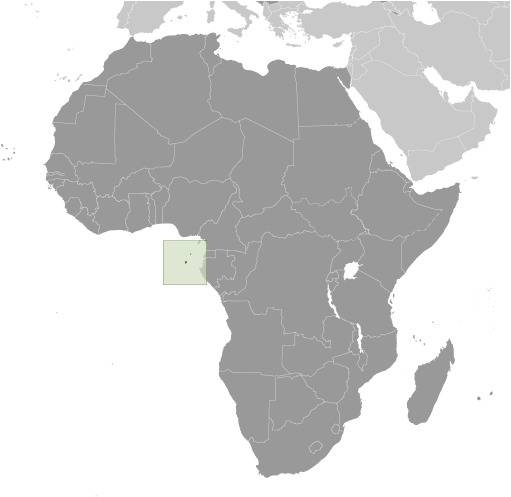Country Summary




Introduction
Background
Portugal discovered and colonized the uninhabited islands in the late 15th century, setting up a sugar-based economy that gave way to coffee and cocoa in the 19th century. Independence was achieved in 1975, but democratic reforms were not instituted until the late 1980s. The country held its first free elections in 1991.
Geography
Area
total: 964 sq km
land: 964 sq km
water: 0 sq km
Climate
tropical; hot, humid; one rainy season (October to May)
Natural resources
fish, hydropower
People and Society
Population
217,164 (2022 est.)
Ethnic groups
Mestico, Angolares (descendants of Angolan slaves), Forros (descendants of freed slaves), Servicais (contract laborers from Angola, Mozambique, and Cabo Verde), Tongas (children of servicais born on the islands), Europeans (primarily Portuguese), Asians (mostly Chinese)
Languages
Portuguese 98.4% (official), Forro 36.2%, Cabo Verdian 8.5%, French 6.8%, Angolar 6.6%, English 4.9%, Lunguie 1%, other (including sign language) 2.4%; note - shares sum to more than 100% because some respondents gave more than one answer on the census; other Portuguese-based Creoles are also spoken (2012 est.)
Religions
Catholic 55.7%, Adventist 4.1%, Assembly of God 3.4%, New Apostolic 2.9%, Mana 2.3%, Universal Kingdom of God 2%, Jehovah's Witness 1.2%, other 6.2%, none 21.2%, unspecified 1% (2012 est.)
Population growth rate
1.48% (2022 est.)
Government
Government type
semi-presidential republic
Capital
name: Sao Tome
Executive branch
chief of state: President Carlos Manuel VILA NOVA (since 2 October 2021)
head of government: Prime Minister Patrice TROVOADA (since 11 November 2022)
Legislative branch
description: unicameral National Assembly or Assembleia Nacional (55 seats; members directly elected in multi-seat constituencies by closed party-list proportional representation vote to serve 4-year terms)
Economy
Economic overview
ower middle-income Central African island economy; falling cocoa production due to drought and mismanagement; joint oil venture with Nigeria; government owns 90% of land; high debt, partly from fuel subsidies; tourism gutted by COVID-19
Real GDP (purchasing power parity)
$890 million (2020 est.)
Real GDP per capita
$4,100 (2020 est.)
Agricultural products
plantains, oil palm fruit, coconuts, taro, bananas, fruit, cocoa, yams, cassava, maize
Industries
light construction, textiles, soap, beer, fish processing, timber
Exports
$50 million (2020 est.)
Exports - partners
Singapore 30%, Switzerland 24%, France 11%, Poland 7%, Belgium 7%, United States 5% (2019)
Exports - commodities
gas turbines, cocoa beans, aircraft parts, iron products, chocolate (2019)
Imports
$160 million (2020 est.)
Imports - partners
Portugal 41%, Angola 17%, China 8% (2019 )
Imports - commodities
refined petroleum, cars, rice, flavored water, postage stamps (2019)
Exchange rates
dobras (STD) per US dollar -
Page last updated: Thursday, November 10, 2022
